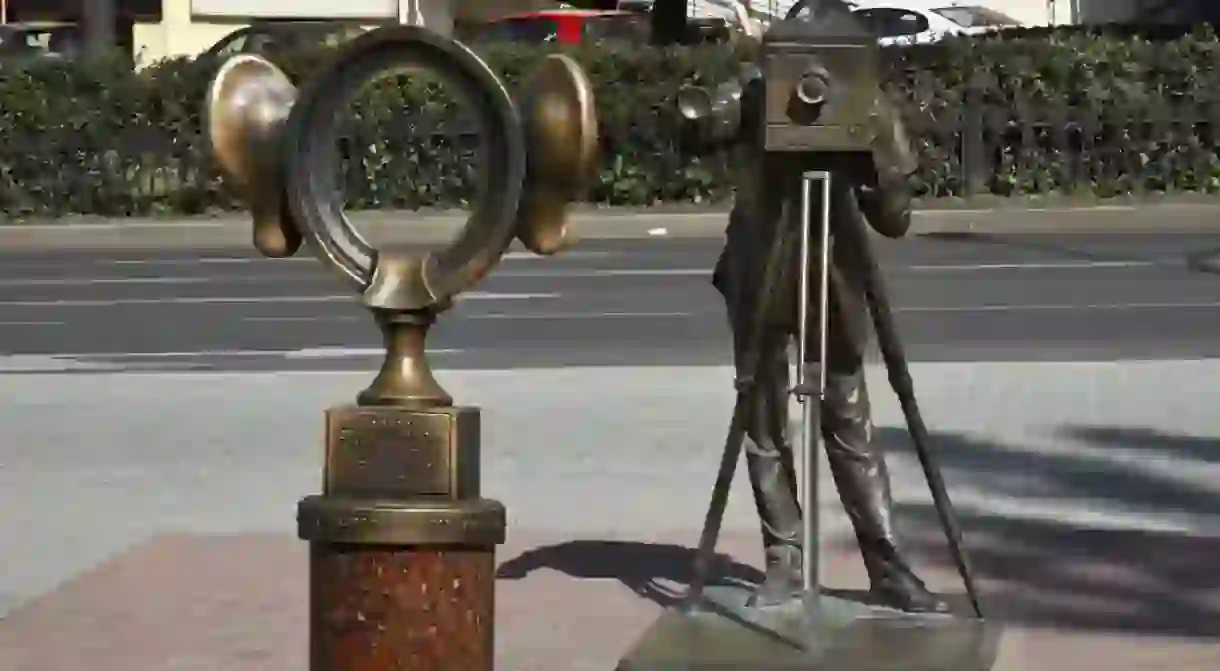7 Interesting Facts About Perm

Perm is an embarrassing hairstyle of the 80s, but it is also a city in the European part of Russia. Inhabited by more than a million people, it is a place full of surprises. Here are seven interesting things you didn’t know about Perm.
The last city in Europe
The conventional border between Europe and Asia runs along the Ural mountains. Perm is the very last major city on the European side of the mountains. Yekaterinburg is its equivalent on the Asian side. The border between Europe and Asia is marked by a small monument that can be accessed from the road between Perm and Yekaterinburg.

The prehistoric gem
The Permian geological period, the last period of the Palaeozoic era, was named after Perm. In 1841, a British scientist, Sir Roderick Murchison, identified strata typical for the Permian period in his extensive exploration of what is now Perm region. He then postulated the existence of the Permian period and named it after the city of Perm.

The cultural capital of the Universe
Rumour has it that one of the Ministers of Culture for Permsky Krai once announced that Perm was the cultural capital of the Universe. While this statement was somewhat exaggerated, Perm is indeed full of cultural surprises. Its opera and ballet theatre can easily compete with the Bolshoi in Moscow and Mariinsky in St. Petersburg. It is the home of the only modern art museum outside of the new and the old capital. Two important international festivals take place here every year: International Documentary Film Festival Flahertiana and International Diaghilev Festival.
Political Repressions
Perm-36, a forced labour camp located 100km north-east from Perm, was particularly infamous for its history of housing political prisoners. Perm-36 operated up until the 1980s, before, in 1996 it was turned into a museum. Despite being a highly politically controversial institution, the museum can still be visited. Its history is excellently depicted in this documentary.

A city in isolation
During the Second World War, as the front was approaching Moscow, many military equipment plants (and other enterprises of state importance) were moved to the east, many of them to Perm. Because of this high concentration of state secrets, Perm unofficially became a closed city: foreigners were not allowed to come here and rumour has it that the city didn’t appear on many Soviet maps. Foreign visitors were only allowed to visit in the 1990s.

Literary inspiration
Perm has been present on the Russian literary scene for a long time. Anton Chekov’s Three Sisters, protagonists of a play of the same title, were from Perm. Boris Pasternak, the author of “Doktor Zhivago”, spent a few months in Perm in 1916. The city later became an inspiration for Yuratin, one of the cities described in Pasternak’s most famous novel.
Imperial importance
In the 18th and 19th centuries, Perm was an important centre for the extraction of minerals. Because of its growing importance, the coat of arms of the Perm governorate became a part of the coat of arms of the entire Russian Empire.














